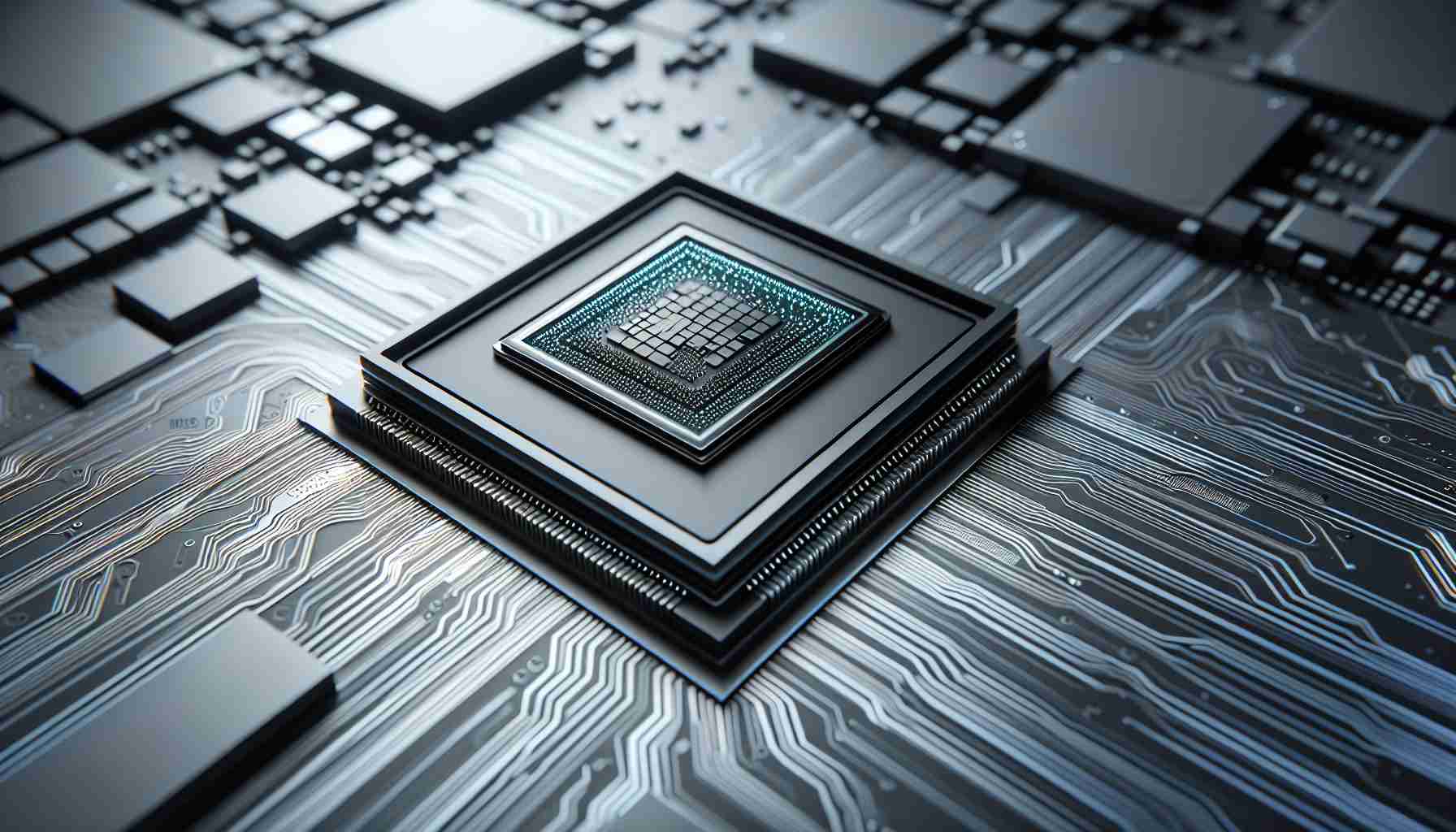Samsung Electronics is on the brink of announcing a technological milestone with its upcoming Exynos 2500 chipset. Breaking new ground in semiconductor production, this chipset is poised to become Samsung Foundry’s first application processor to embrace its advanced second-generation 3nm process node technology within this year. This cutting-edge approach promises to make the Exynos 2500 more efficient than its anticipated rival, the Snapdragon 8 Gen 4.
The advantage comes from a year’s technological lead that Samsung holds over TSMC. Unlike TSMC’s expected transition to Gate-All-Around (GAA) transistors for its 2nm process next year, Samsung is implementing this innovative technology in its current 3nm silicon. The use of GAA transistors is a game-changer that brings significant improvements. By stacking horizontal nanosheets vertically, it allows gates to encompass the channel from all sides, cutting down on current leakage and bolstering the drive current. This intricate design ultimately leads to a boost in chip performance by ensuring more reliable electrical signals through the transistors.
Adding to the development of Samsung’s chip technology, a shift in GPU integrations is set to take place in future generations of Exynos chipsets. Based on insights from Roland Quandt, Samsung plans to replace AMD’s RDNA GPU with its proprietary GPU in the upcoming Exynos 2600 SoC. This strategic move will solidify Samsung’s chipset line as a formidable contender against Qualcomm’s Snapdragon series. It is also seen as an opportunity for Samsung to potentially reduce costs for the company and its consumers, as it streamlines its flagship Galaxy S series devices to be powered by its in-house SoC technology, beginning with future models such as the Galaxy S26.
Questions and Answers:
Q: Why is Samsung’s 3nm process noteworthy?
A: It’s significant because it represents a leap in miniaturization and efficiency for semiconductor manufacturing. With the 3nm process, Samsung is expected to produce chips that are more powerful and energy-efficient than those made on larger nodes.
Q: What are GAA transistors and why are they important?
A: Gate-All-Around (GAA) transistors are a type of transistor that improves performance and energy efficiency by surrounding the channel with the gate on all sides. This can alleviate current leakage issues inherent in traditional FinFET designs and increase transistor switching speeds.
Q: What impact might Samsung’s shift away from AMD’s RDNA GPU have?
A: Integrating its proprietary GPU could allow Samsung greater control over the design and optimization of its chipsets, which could potentially lower production costs and improve performance optimization across its devices.
Key Challenges and Controversies:
A significant challenge for Samsung is not just the technical aspects of manufacturing using 3nm process technology but also maintaining high yield rates (the number of defect-free chips produced) which are crucial for profitability. Additionally, any change in supplier relationships, such as moving away from AMD GPUs, could result in strategic risks and the need to meet or exceed the performance benchmarks set by the previous technology.
Advantages and Disadvantages:
Advantages:
– The 3nm process offers improved performance and energy efficiency.
– GAA transistors reduce current leakage and improve electrical signal reliability, which can lead to faster and more power-efficient chips.
– Integrating a proprietary GPU could reduce costs and provide better optimization opportunities for Samsung’s hardware-software integration.
Disadvantages:
– The complexity of the new manufacturing process poses a risk of lower yields and increased costs if not managed properly.
– Moving away from AMD’s graphics may pose a challenge if the new proprietary GPU does not perform as well, potentially affecting consumer trust in product performance.
– As high-end manufacturing technology progresses, investments are substantial, with financial risks if the market does not adopt new chips as expected.
For more general information about Samsung or to follow the company’s announcements, you can visit the main Samsung domain via the following link. Please note, the specific details about the Exynos 2500 may not be available on the main page but could be found in press releases or dedicated segments for new technologies as they are officially unveiled by the company.
